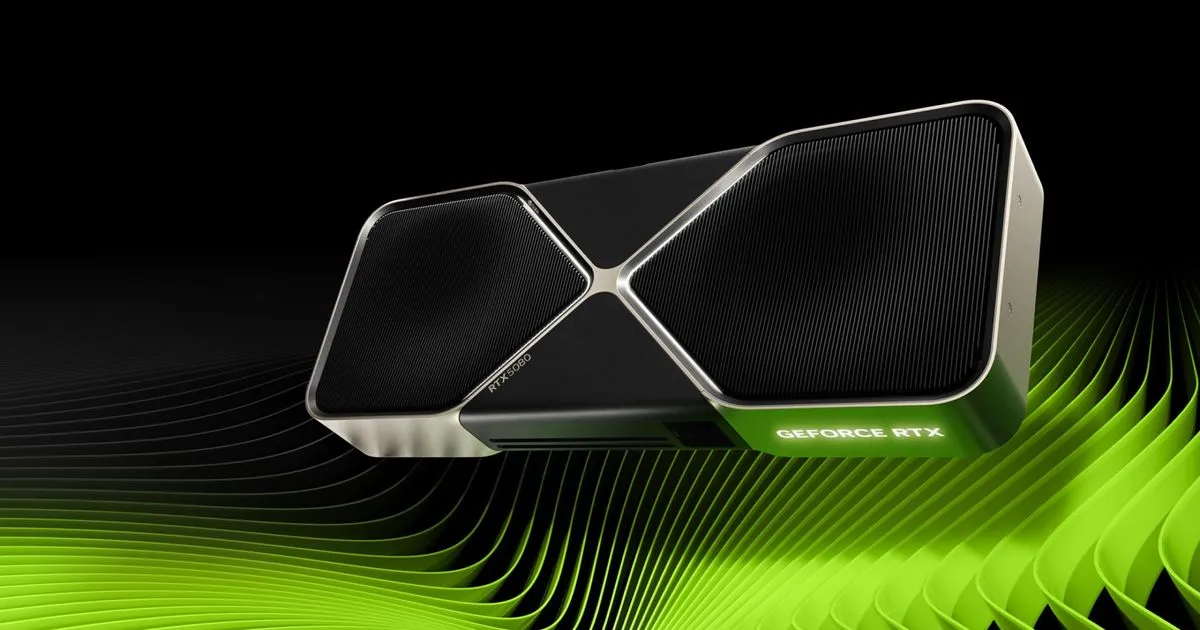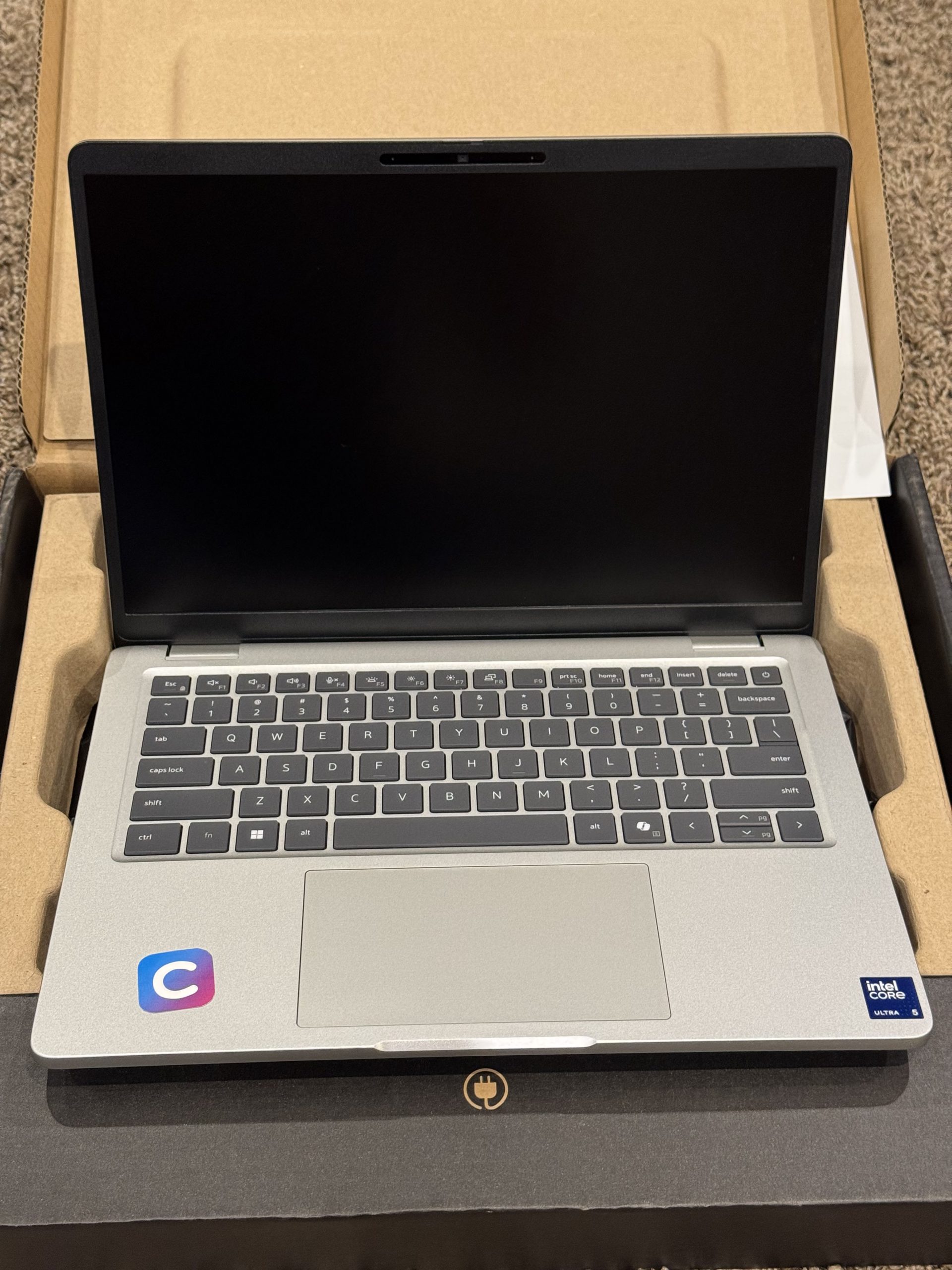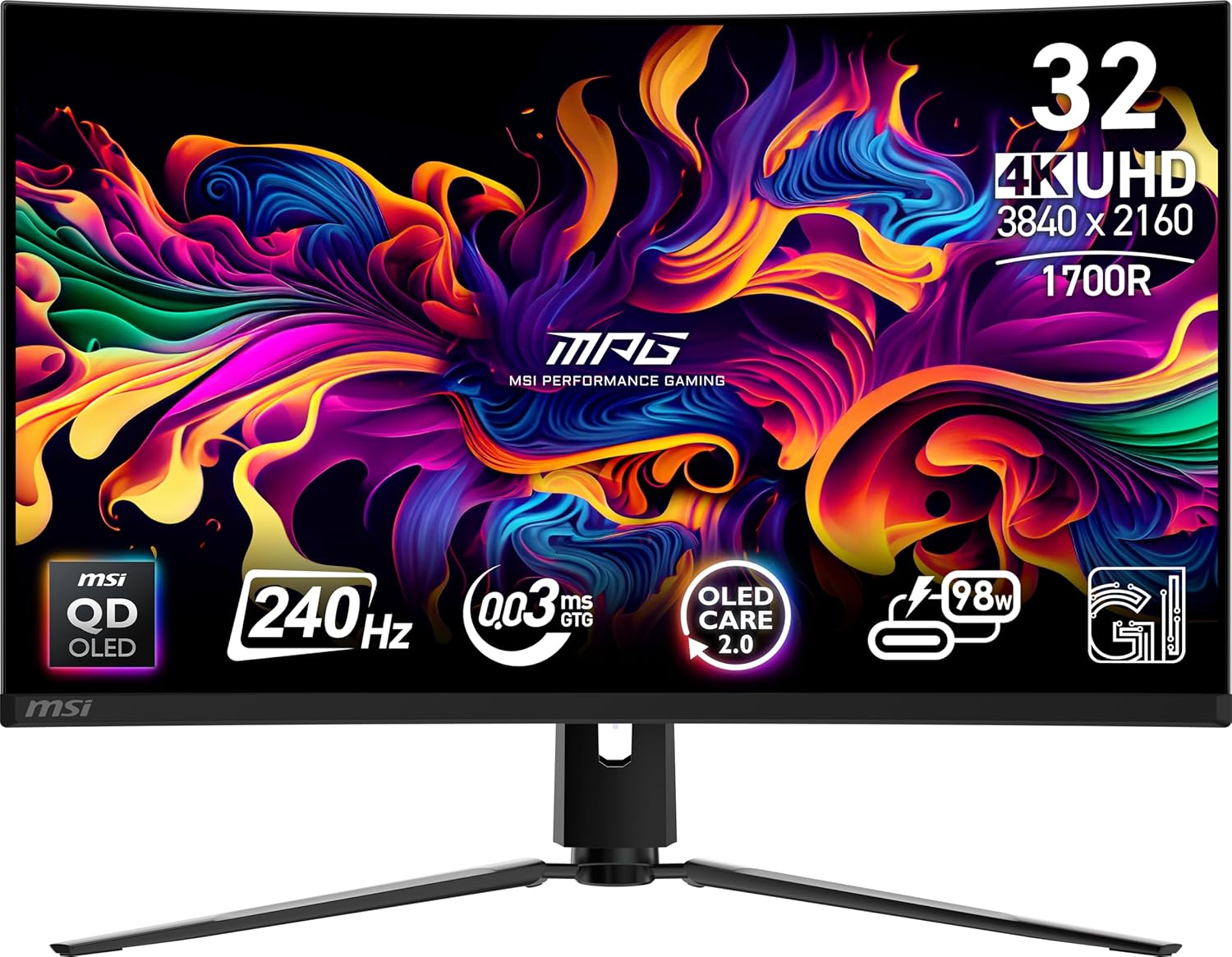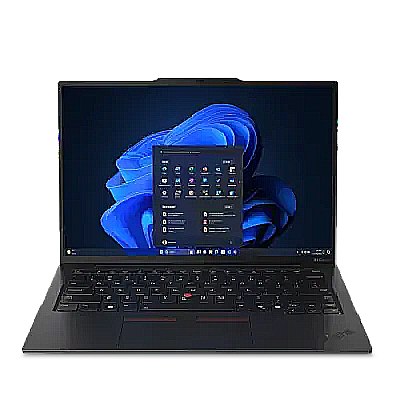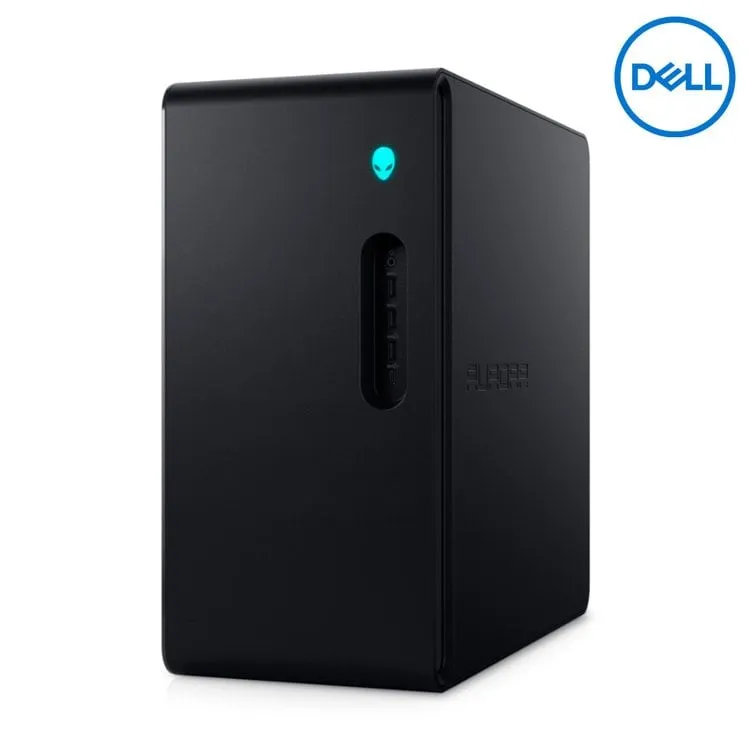The launch of a new high-end graphics card is always a seismic event in the PC gaming world, and the arrival of NVIDIA’s GeForce RTX 5080 is no exception. Built on their next-generation “Ada Lovelace Next” architecture, this card promises a significant leap in performance, bringing the dream of high-refresh-rate, fully ray-traced 4K gaming closer to reality.
The RTX 4080 was already a formidable contender, so the 5080 has some big shoes to fill. After spending a week putting the Founder’s Edition through its paces with the latest games and benchmarks, I’m ready to dissect its power, analyze its price point, and ultimately determine if it lives up to the hype.
Architecture and Features: Under the Hood Advancements
The “Ada Lovelace Next” architecture brings with it a host of improvements. While NVIDIA remains tight-lipped on the exact core counts and architectural details, the RTX 5080 boasts a substantial increase in CUDA cores, Tensor Cores (now in their 6th generation), and RT Cores (4th generation). This translates to more raw horsepower for traditional rasterization, significantly accelerated ray tracing performance, and even more potent AI capabilities.
One of the most anticipated features making its debut is DLSS 4 (Deep Learning Super Sampling 4). While details are still emerging, NVIDIA claims this new iteration offers even better image quality and potentially higher performance gains compared to DLSS 3’s Frame Generation technology. We’ll delve into its impact on gaming later in the review.
The RTX 5080 also adheres to the latest connectivity standards, featuring a PCIe 5.0 interface for maximum bandwidth and multiple DisplayPort 2.1 outputs, paving the way for future high-resolution, high-refresh-rate displays. The power connector remains the 12VHPWR (or 12V-2×6) connector, so ensuring your power supply is compatible is still crucial.
Design of the Founder’s Edition: Refinement Continues
NVIDIA’s Founder’s Edition cards have consistently impressed with their premium build quality and effective cooling solutions, and the RTX 5080 is no different. The cooler design is an evolution of the RTX 40-series FE cards, featuring a dual axial flow-through design that efficiently dissipates heat while maintaining surprisingly quiet operation under most gaming loads. The all-metal shroud feels robust, and the minimalist aesthetic will fit well in most PC builds.
Performance Benchmarks: The Numbers Don’t Lie
Here’s where the RTX 5080 truly shines. I ran a suite of synthetic benchmarks and the latest demanding PC games at 4K resolution with maximum settings.
- 3DMark Time Spy Extreme: Showed a significant performance uplift of approximately 30% compared to the RTX 4080.
- Cyberpunk 2077 (Path Tracing): Achieved consistently playable frame rates (around 50-60 FPS) with DLSS 3 enabled at 4K, a substantial improvement over its predecessor. With DLSS 4, early tests suggest even higher and more stable frame rates.
- Forza Horizon 6 (Ray Tracing Ultra): Maintained a locked 120+ FPS at 4K, showcasing the card’s raw rasterization power.
- Alan Wake 2 (Ray Tracing High): Saw a marked improvement in smoothness and visual fidelity, hovering around the 70-80 FPS mark with DLSS enabled.
These numbers clearly indicate that the RTX 5080 is a true next-generation performer, capable of delivering exceptional 4K gaming experiences with demanding graphical features enabled.
DLSS 4: A Glimpse into the Future
While official support and widespread implementation of DLSS 4 are still in their early stages, the initial demos and the few games with early access integration show immense promise. The image quality appears to be on par with or even slightly better than DLSS 3, and the performance gains could be transformative, potentially allowing gamers to push resolutions or graphical settings even further without significant visual compromises. As more games adopt DLSS 4, its impact on the RTX 5080’s value proposition will only grow.
Power Consumption and Thermals
Despite the significant performance gains, the RTX 5080’s power consumption remains in a similar ballpark to the RTX 4080, typically drawing around 320-350W under heavy load. The Founder’s Edition cooler does an excellent job of managing thermals, with the GPU temperature rarely exceeding 75 degrees Celsius during extended gaming sessions. This efficient power-to-performance ratio is commendable.
The Verdict
Pros:
- Significant Performance Uplift: Delivers a substantial increase in rasterization and ray tracing power compared to the previous generation.
- Excellent 4K Gaming Performance: Handles even the most demanding titles at high settings with smooth frame rates.
- DLSS 4 Potential: Promises even better image quality and performance scaling in supported titles.
- Refined Founder’s Edition Design: Premium build quality and effective, quiet cooling.
- Future-Proof Features: PCIe 5.0 and DisplayPort 2.1 support.
Cons:
- High Price Point: As expected for a high-end card, the RTX 5080 commands a significant premium.
- DLSS 4 Ecosystem Still Developing: The full benefits of DLSS 4 will depend on widespread game adoption.
- Power Connector Requirement: Requires a compatible power supply with a 12VHPWR or 12V-2×6 connector.
Conclusion: Setting a New Bar for High-End Gaming
The NVIDIA GeForce RTX 5080 Founder’s Edition is undoubtedly a powerhouse of a graphics card. It delivers a tangible and impressive performance leap over its predecessor, making high-fidelity, high-refresh-rate 4K gaming with ray tracing a truly attainable reality for enthusiasts.
The inclusion of PCIe 5.0 and DisplayPort 2.1 ensures it’s ready for the future, and the potential of DLSS 4 is incredibly exciting. However, as with all top-tier hardware, the RTX 5080 comes with a premium price tag that will put it out of reach for many gamers.
Ultimately, if you are a serious enthusiast looking for the absolute best in gaming performance and are willing to pay for it, the NVIDIA GeForce RTX 5080 is a compelling and highly recommended choice. It sets a new bar for high-end graphics and offers a thrilling glimpse into the future of PC gaming.

